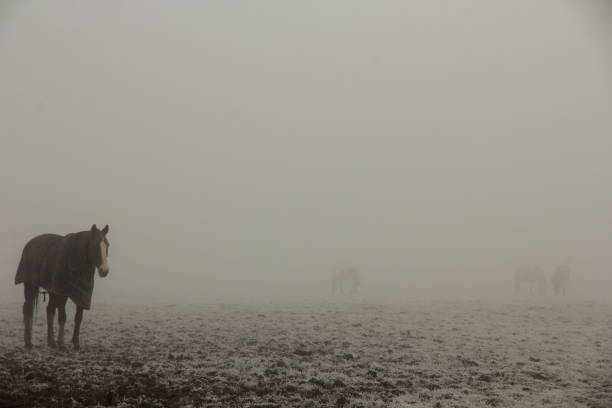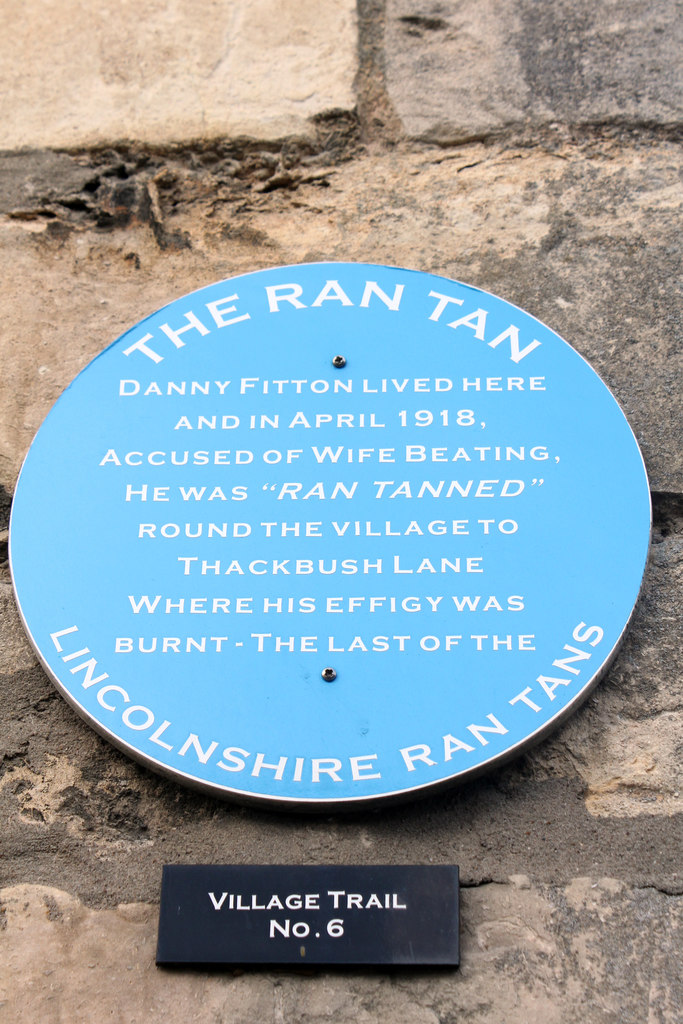
The Stamford bull-run was a town tradition from late medieval times until 1839, when this cruel practice was eventually banned. According to legend, the tradition started in the early thirteenth century, after two bulls were seen settling a romantic dispute over a lovely cow on what is now Town Meadows by William de Warenne, Early of Surrey. Allegedly, the town’s butchers then arrived with their dogs, and a bull stampede ensued, de Warenne pursuing on horseback. Having enjoyed the escapade, de Warenne then supposedly gave the meadow to the butchers of Stamford on condition that they annually re-enacted the event, and the flood plain was renamed Bull Meadow, which remained current until at least late in the nineteenth century.
The event’s origin myth is almost certainly fabricated, at least to some extent (the same might be said of the Haxey Hood in the north west of the county), and hence we will gladly consider it a legend and a folk tale of sorts. Adrian Gray covers it in Tales from Old Lincolnshire (1990) as do Martin Smith in Stamford Myths & Legends (1991) and David Clark in It Happened in Lincolnshire (2016).




Leave a comment